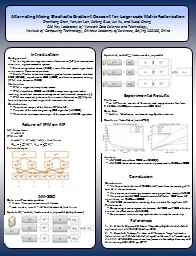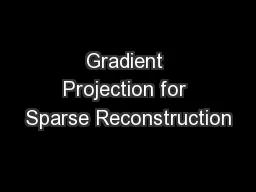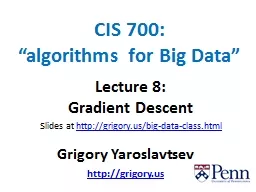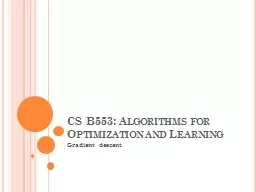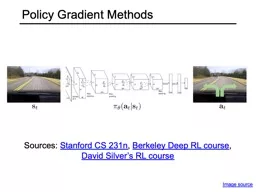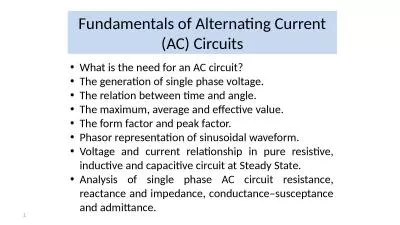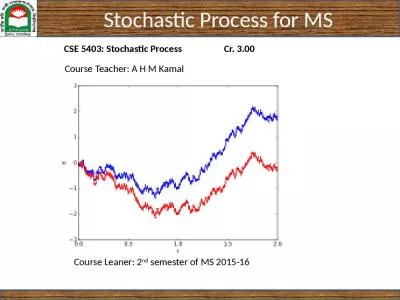PPT-Alternating Mixing Stochastic Gradient Descent for Large-sc
Author : pasty-toler | Published Date : 2017-10-22
Zhenhong Chen Yanyan Lan Jiafeng Guo Jun Xu and Xueqi Cheng CAS Key Laboratory of Network Data Science and Technology Institute of Computing Technology
Presentation Embed Code
Download Presentation
Download Presentation The PPT/PDF document "Alternating Mixing Stochastic Gradient D..." is the property of its rightful owner. Permission is granted to download and print the materials on this website for personal, non-commercial use only, and to display it on your personal computer provided you do not modify the materials and that you retain all copyright notices contained in the materials. By downloading content from our website, you accept the terms of this agreement.
Alternating Mixing Stochastic Gradient Descent for Large-sc: Transcript
Download Rules Of Document
"Alternating Mixing Stochastic Gradient Descent for Large-sc"The content belongs to its owner. You may download and print it for personal use, without modification, and keep all copyright notices. By downloading, you agree to these terms.
Related Documents

